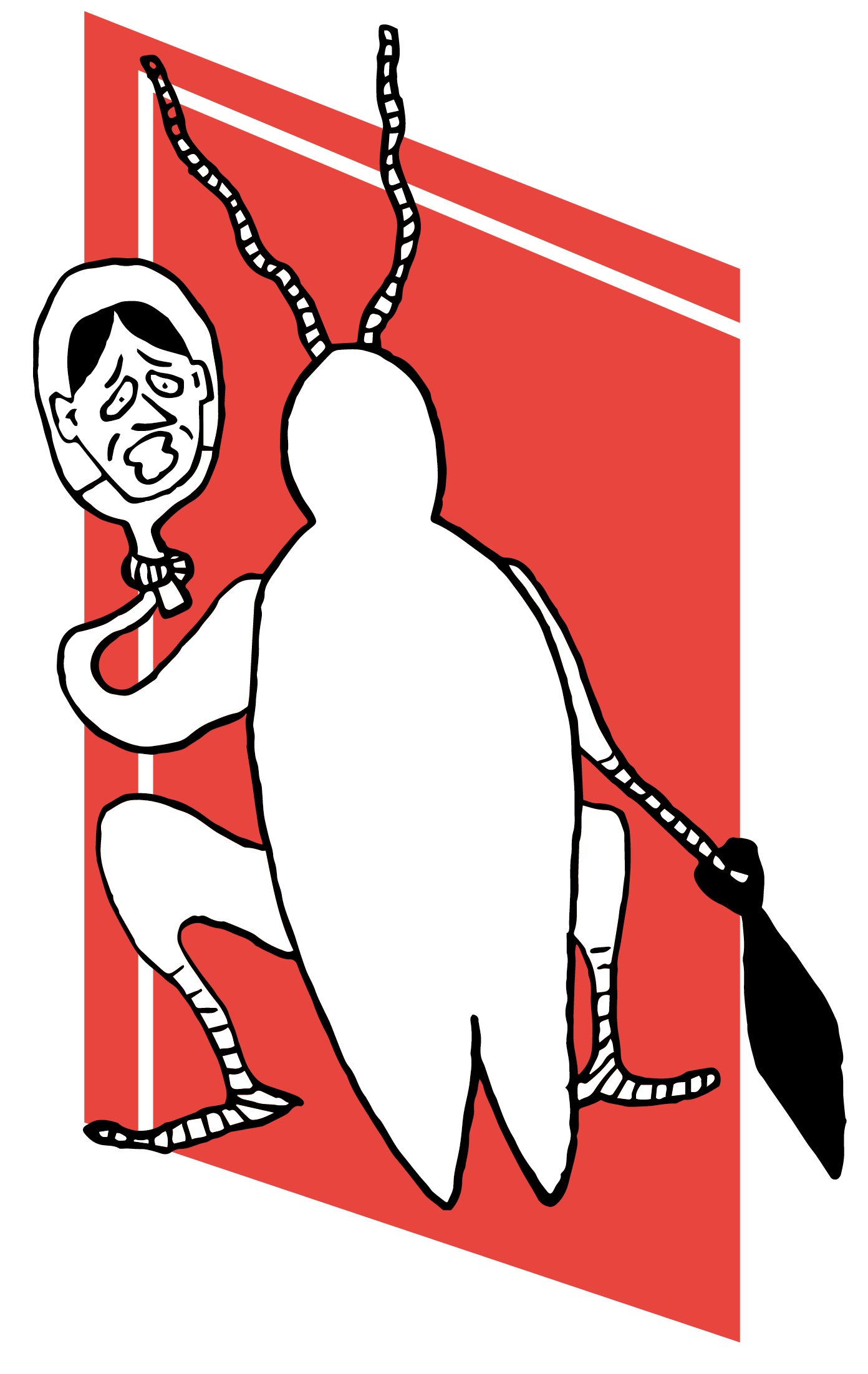The closing to Tod ‘Carnival-Barker’ Browning’s masterpiece Freaks (1932) may be the first instance of true Body Horror in cinema. In the final moment, a paying public rolls up to check out a new freakshow attraction revealed to be the treacherous Cleopatra modified from a beautiful blonde into some dreadful ‘one of us’. Unlike Don Siegel’s communist paranoia picture Invasion of the Body Snatchers (1956), Freaks is not preying upon a fear shackled to its era, it is reflecting a timeless phobia: the alteration of ourselves.
The origin of Body Horror could arguably be as ancient as the myths describing innumerable creatures with juxtaposed features like centaurs and sphinxes, or as modern as Franz Kafka’s The Metamorphosis (1915) which depicts Gregor Samsa awakening one morning as a beetle. However, mythological creatures are as ‘natural’ as any species, and Gregor metamorphoses from one familiar body to another. True Body Horror is not a transformation between familiar states, it is the alteration of the familiar into the unfamiliar.
In John Carpenter’s The Thing (1982), a shapeshifting alien able to imitate other organic life is discovered by the crew of a scientific expedition. The terror created in The Thing differs from traditional horror which uses our empathetic drive against us by building tension around the threat and inevitable depiction of the human body being mutilated. Instead, Carpenter’s film shows the character’s own bodies turning against them. As the master of the genre David Cronenberg stated, "the first fact of human existence is the human body", but by the age of two humans recognise the reflection in the mirror as themselves and the body quickly becomes familiar terrain. In The Thing, as the crew attempt to destroy the alien, chests bite off hands, decapitated heads scuttle away on spider legs, and tentacles flail wildly from stomachs.
“True Body Horror is not a transformation between familiar states, it is the alteration of the familiar into the unfamiliar”
The horrific alterations in the subgenre reshape the familiar landscape of our bodies into an alien world and force us to re-examine what we are. The twisted re-arrangements of the familiar force us to become hyper-aware of the current arrangement and strangeness of our own bodies. The contortions in The Thing are hideous, but a roll of the evolutionary dice could have made such unnatural shapes natural, just as nature contains billions of bizarre creatures that have co-evolved.
While The Thing explores the Lovecraftian horror of what an outsider may do to humanity, David Cronenberg explores a different fear concerning what we do to ourselves. Through Videodrome (1983), The Fly (1986), and eXistenZ (1999) he examines the body’s limits through our reckless entanglement with technology. This obsession was echoed in Yuval Noah Harari’s Homo Deus (2015) in which he discussed the difficulty of predicting humanity’s future because the direction we take responds directly to our needs. As we merge with technology in significant ways, the aims of an altered humanity alter. These changes may one day be so profound that a metahuman race will look back at us and realise they are no longer human.
Body Horror can be a thrilling experience and an outlet for artists to wave red flags as humanity’s reach exceeds its grasp. We have to question whether we will continue to merge with technology as the product of dizzying acceleration and reliance on convenience. Or perhaps this ‘upgrade’ will be our escape from the disastrous alterations we have made to our natural home. In either case, this alteration could lead to a future where Body Horror cannot exist because the continuity is broken. Humans could take on as many different forms as required by climate, work, or fashion, as distinct from each other as any shapeshift in The Thing. These metahumans instead will look back on this body of work, and present humanity, not with empathy, but instead with an odd sense of fascination, like a paying customer at a freak show.
Jack Wightman occasionally leaves his home either for coffee, the cinema or to browse a bookshop. If you don’t happen to find him there, please send for help – he will most likely be trapped under his book collection.
Anna-Lille Dupont-Crabtree works for The Wildlife Trusts and is an illustrator based in Norwich. She creates playful and engaging drawings to respond to all sorts of topics. She loves birds!




